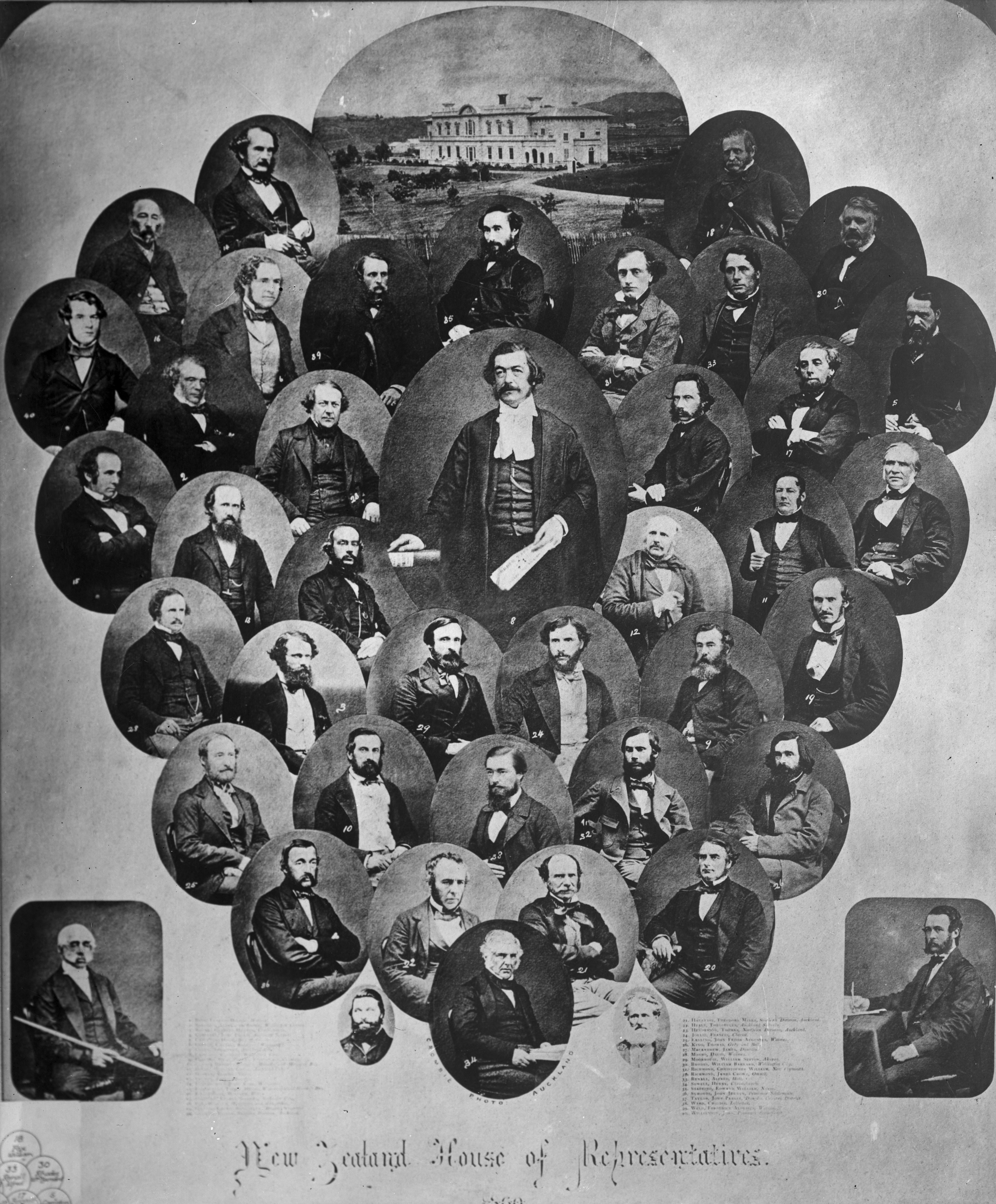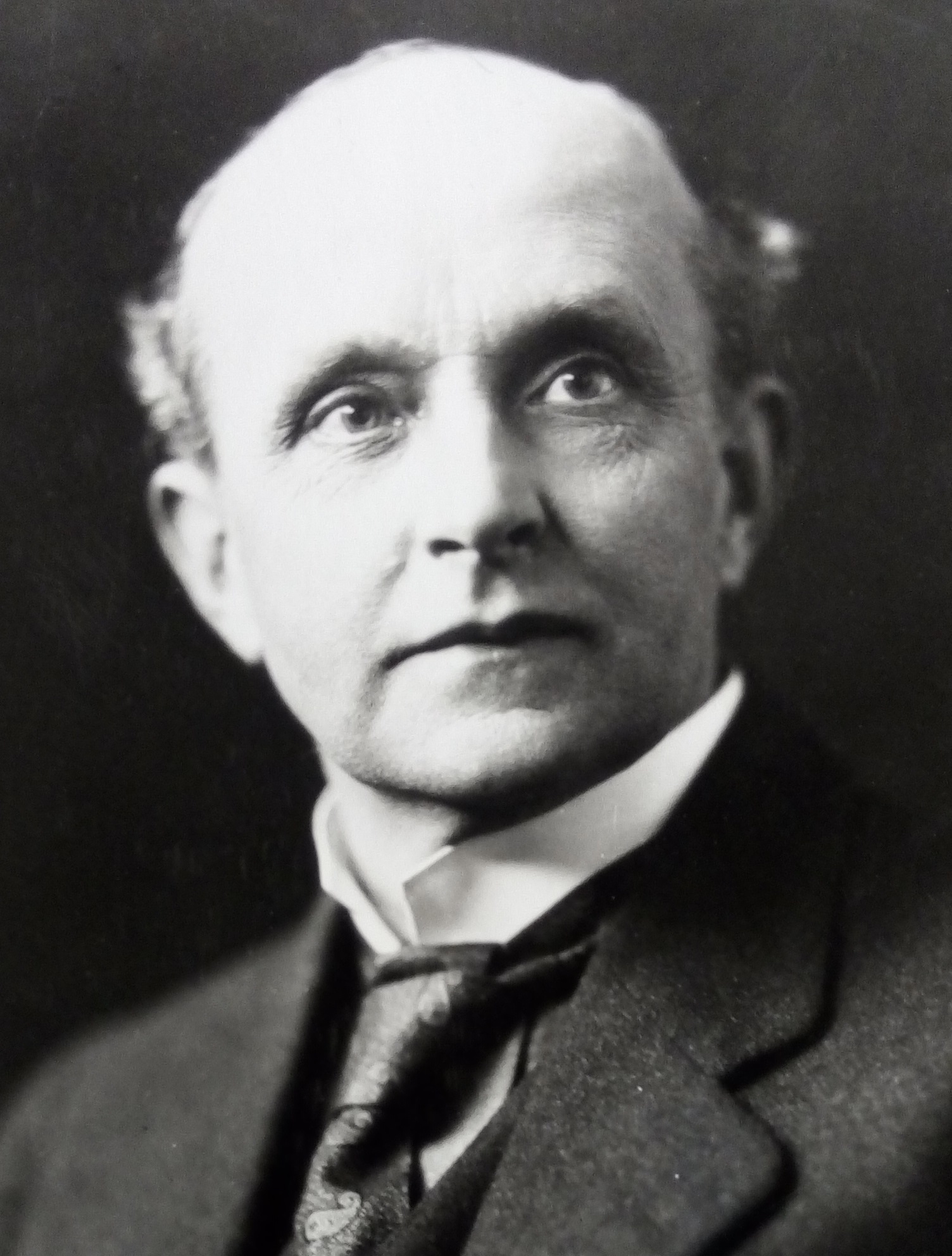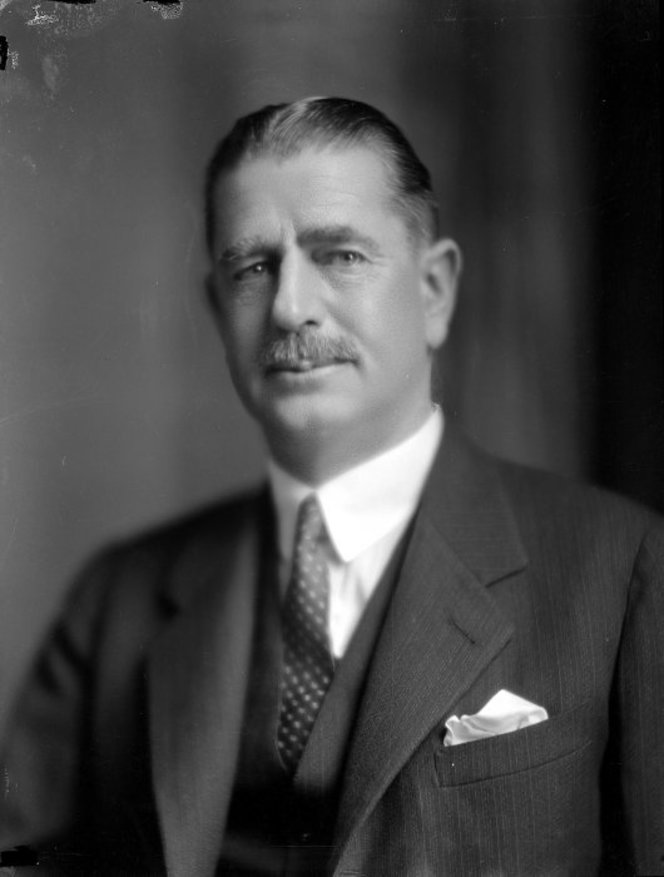|
1935 Lyttelton By-election
The 1935 Lyttelton by-election was a by-election held on 24 July 1935 during the 24th New Zealand Parliament in the Lyttelton electorate. The electorate was won by Terry McCombs of the New Zealand Labour Party, succeeding his mother. Selection process Terrence McCombs's mother, Elizabeth McCombs had held the seat after winning it in a by-election in 1933. She died on 7 June 1935 after succumbing to illness. The New Zealand Labour Party chose Terrence McCombs to stand for them. This was in some ways a surprise as many expected that Jim Thorn would be the candidate. The United-Reform Coalition who were operating under the name "National Political Federation" selected Melville Lyons as their candidate. Lyons had a rural background as he was secretary of the New Zealand Sheepbreeders' Association at the time. In the 1925 New Zealand general election he had stood for the New Zealand Reform Party in 1925 in Lyttelton against James McCombs. He was declared the winner with a victor ... [...More Info...] [...Related Items...] OR: [Wikipedia] [Google] [Baidu] |
New Zealand House Of Representatives
The House of Representatives is the sole chamber of the New Zealand Parliament. The House passes laws, provides ministers to form Cabinet, and supervises the work of government. It is also responsible for adopting the state's budgets and approving the state's accounts. The House of Representatives is a democratic body consisting of representatives known as members of parliament (MPs). There are normally 120 MPs, though this number can be higher if there is an overhang. Elections take place usually every three years using a mixed-member proportional representation system which combines first-past-the-post elected seats with closed party lists. 72 MPs are elected directly in single-member electoral districts and further seats are filled by list MPs based on each party's share of the party vote. A government may be formed from the party or coalition that has the support of a majority of MPs. If no majority is possible, a minority government can be formed with a confide ... [...More Info...] [...Related Items...] OR: [Wikipedia] [Google] [Baidu] |
By-elections In New Zealand
By-elections in New Zealand occur to fill vacant seats in the House of Representatives. The death, resignation, or expulsion of a sitting electorate MP can cause a by-election. (Note that list MPs do not have geographic districts for the purpose of provoking by-elections – if a list MP's seat becomes vacant, the next person on his or her party's list fills the position.) Historically, by-elections were often caused by general elections being declared void. Background Under thElectoral Act 1993 a by-election need not take place if a general election will occur within six months of an electorate seat becoming vacant, although confirmation by a resolution supported by at least 75% of MPs is required. In 1996 the general election date was brought forward slightly, to 12 October, to avoid a by-election after the resignation of Michael Laws. Twice, in 1943 and 1969, by-elections were avoided after the deaths in election years of Paraire Karaka Paikea and Ralph Hanan by passing spec ... [...More Info...] [...Related Items...] OR: [Wikipedia] [Google] [Baidu] |
1913 Lyttelton By-election
The Lyttelton by-election of 1913 was a by-election during the 18th New Zealand Parliament. As no candidate won an absolute majority on the first ballot on 9 December, a second round was held on 16 December. The seat had become vacant due to the death of sitting MP George Laurenson George Laurenson (5 July 1857 – 19 November 1913) was a New Zealand Member of Parliament for in the South Island. Early life The ''Lyttelton Times'' parliamentary correspondent described Laurenson as: "a Scotchman by birth, a Shetlander by e .... Five candidates stood. It was the last by-election in New Zealand to use the Two-round voting system to elect a member. Results The following tables give the election results: First ballot The two highest candidates were McCombs and Miller, so they contested the second ballot. Second ballot References Lyttelton 1913 1913 elections in New Zealand Politics of Christchurch 1910s in Christchurch History of Christchurch Lyttelton, New Zealan ... [...More Info...] [...Related Items...] OR: [Wikipedia] [Google] [Baidu] |
1951 New Zealand General Election
The 1951 New Zealand general election was a nationwide vote to determine the shape of the New Zealand Parliament's 30th term. The First National Government was re-elected, with the National Party increasing its parliamentary majority over the opposition Labour Party. This was the last time until the that a party was elected to majority government of New Zealand by receiving a majority of the vote. Background The National Party had formed its first administration after the 1949 elections, in which it had ended four terms of government by the Labour Party. The National government, with Sidney Holland as Prime Minister, had undertaken a number of economic and constitutional reforms, although it had not seriously modified the new social welfare system which Labour had introduced. Labour's leader, Peter Fraser, had died in December 1950 after a long period of poor health, and had been replaced in January 1951 by Walter Nash. Nash had been Minister of Finance for the duration of ... [...More Info...] [...Related Items...] OR: [Wikipedia] [Google] [Baidu] |
1935 New Zealand General Election
The 1935 New Zealand general election was a nationwide vote to determine the shape of the New Zealand Parliament's 25th term. It resulted in the Labour Party's first electoral victory, with Michael Joseph Savage becoming the first Labour Prime Minister after defeating the governing coalition, consisting of the United Party and the Reform Party, in a landslide. The governing coalition lost 31 seats, which was attributed by many to their handling of the Great Depression: the year after the election, the United and Reform parties merged to form the modern National Party. The election was originally scheduled to be held in 1934, in keeping with the country's three-year election cycle, but the governing coalition postponed the election by one year hoping that the economic conditions would improve by 1935. Background Since 1931, New Zealand had been governed by a coalition of the United Party and the Reform Party, the United–Reform Coalition. United and Reform had traditio ... [...More Info...] [...Related Items...] OR: [Wikipedia] [Google] [Baidu] |
Albert Davy
Albert Ernest Davy (17 August 1886 – 13 June 1959) was a New Zealand political organiser and campaign manager; and at the height of his career, was regarded as one of the best in the country. He was a strong opponent of socialism, and spent most of his life fighting what he saw as socialist tendencies in New Zealand politics. Early life Davy was born in Wellington, where his father Charles was a police officer. His great grandfather - Captain Lleyson Hopkin Davy emigrated out from Wales in 1841. His family moved around the country considerably during Davy's youth, eventually coming to live in Gisborne. Davy held a number of jobs there, including bootmaker, draper, and hairdresser. He married Florence Maude Sawyer, a milliner, in 1908. He was to have two sons. He was active in the New Zealand Auto Cycle Union and the New Zealand Athletic and Cycling Union, holding a number of prominent organisational roles. Reform Party Davy's first major political activity came as part of ... [...More Info...] [...Related Items...] OR: [Wikipedia] [Google] [Baidu] |
New Zealand Democrat Party (1934)
The New Zealand Democrat Party was a political party in New Zealand, founded in 1934 with the purpose of opposing socialist legislation by the government. Formation The Democrat Party was founded and developed by Albert Davy, a prominent political organiser of the time. Davy had worked first for the Reform Party, then for the United Party, and finally for Reform again. He was highly effective in both campaign management and fundraising, but often came into conflict with those he worked for. Politically, Davy was an advocate of reducing the size of government, and of minimising government intervention in the business world — the slogan "More Business in Government, Less Government in Business", once used by the Reform Party, was thought up by Davy. When the United Party and the Reform Party formed a coalition, Davy initially supported it, but later resigned in protest at the legislation the coalition enacted to counter the Great Depression. Davy denounced the coalition as ... [...More Info...] [...Related Items...] OR: [Wikipedia] [Google] [Baidu] |
James McCombs
James (Jimmy) McCombs (9 December 1873 – 2 August 1933) was a New Zealand Member of Parliament for Lyttelton. Biography Early life and career McCombs was born in Treanmore, Mohill, County Leitrim, Ireland, the elder child of George McCombs, a farmer, and his wife, Kate Rourke. He came to New Zealand with his parents in 1876 as a three-year-old. He was educated at Sydenham School and Christchurch East School. Initially he intended to join the ministry of the Anglican Church but later decided to cease theological studies and give his time to social work instead. He still remained involved in the Anglican Church and was an active member of the Church of England Men's Society and, inspired by his religious beliefs, he became a prohibitionist and became a leading member of the prohibitionist movement in Canterbury. He believed that the aims of the Christian Socialism in which he believed were better expressed via community and political activities. Through his community work M ... [...More Info...] [...Related Items...] OR: [Wikipedia] [Google] [Baidu] |
New Zealand Reform Party
The Reform Party, formally the New Zealand Political Reform League, was New Zealand's second major political party, having been founded as a conservative response to the original Liberal Party. It was in government between 1912 and 1928, and later formed a coalition with the United Party (a remnant of the Liberals), and then merged with United to form the modern National Party. Foundation The Liberal Party, founded by John Ballance and fortified by Richard Seddon, was highly dominant in New Zealand politics at the beginning of the 20th century. The conservative opposition, consisting only of independents, was disorganised and demoralised. It had no cohesive plan to counter the Liberal Party's dominance, and could not always agree on a single leader — it was described by one historian as resembling a disparate band of guerrillas, and presented no credible threat to continued Liberal Party rule. Gradually, however, the Liberals began to falter — the first blow came with ... [...More Info...] [...Related Items...] OR: [Wikipedia] [Google] [Baidu] |
1925 New Zealand General Election
The 1925 New Zealand general election was held 4 November (the Māori vote had taken place the previous day) to elect a total of 80 MPs to the 22nd session of the New Zealand Parliament. A total number of 678,877 (90.02%) voters turned out to vote. In one seat (Bay of Plenty) there was only one candidate. In 1922, registration as an elector was made compulsory for all those eligible (except Māori). Results Gordon Coates continued as Prime Minister, with his Reform Party winning an outright majority of 30. Leonard Isitt and George Witty were both appointed to the Legislative Council by Gordon Coates on 28 October 1925; shortly before the election on 4 November. Both were Liberals but their retirement removed "a source of some bitterness from the Party's ranks". Gordon Coates was Reform, and both of their former seats went to Reform candidates. After the election both Labour and Liberals held 11 seats. A tie at 4,900 votes each in (between the Labour and Reform candidates) ... [...More Info...] [...Related Items...] OR: [Wikipedia] [Google] [Baidu] |
Jim Thorn
James Thorn (1 June 1882 – 21 November 1956) was a New Zealand politician and trade unionist. He was an organiser and candidate for the Independent Political Labour League, Social Democratic Party then the Labour Party. Biography Early life Thorn was born in Christchurch, educated at Christchurch Boys' High School. He worked in the Addington Railway Workshops and as a journalist. Thorn was a bugler in the third New Zealand Contingent to the Boer War in 1900 and 1901; the experience turned him into a pacifist. He was engaged in trade union and party activity, including 1909 to 1913 in England and Scotland. He unsuccessfully stood for the Independent Political Labour League in the Christchurch South electorate in the and . In 1907 and 1908, he was President of the Independent Political Labour League. In 1909, he went to England and then Scotland and worked for labour parties there. Political career In 1914, he moved to Palmerston North and unsuccessfully stood i ... [...More Info...] [...Related Items...] OR: [Wikipedia] [Google] [Baidu] |



_2.png)
.jpg)
.jpg)

